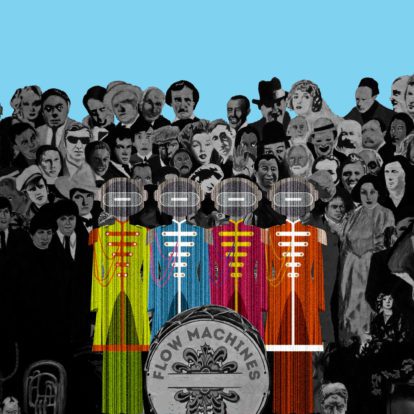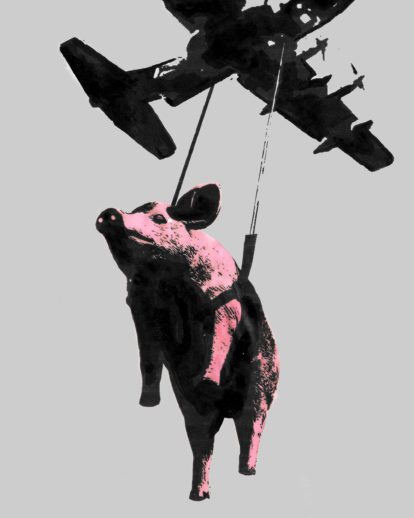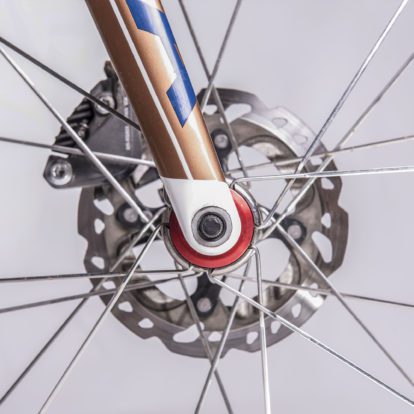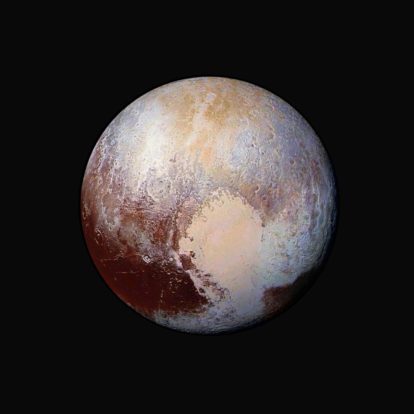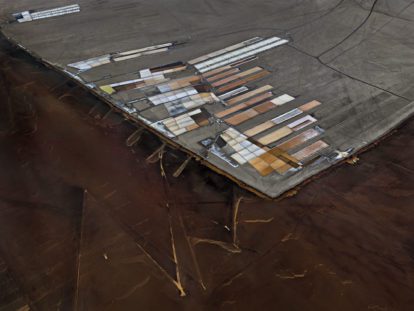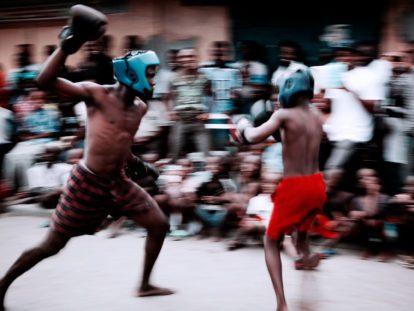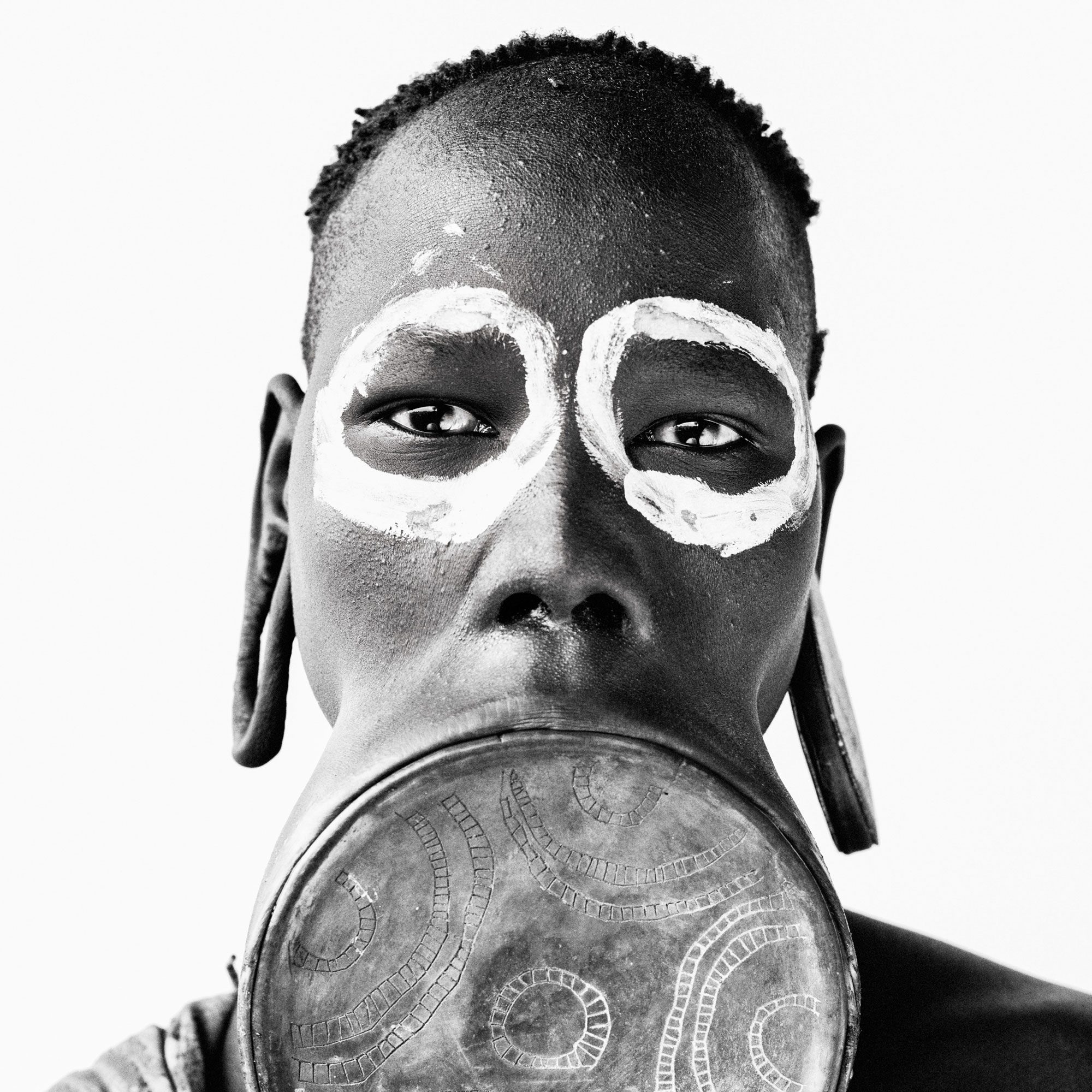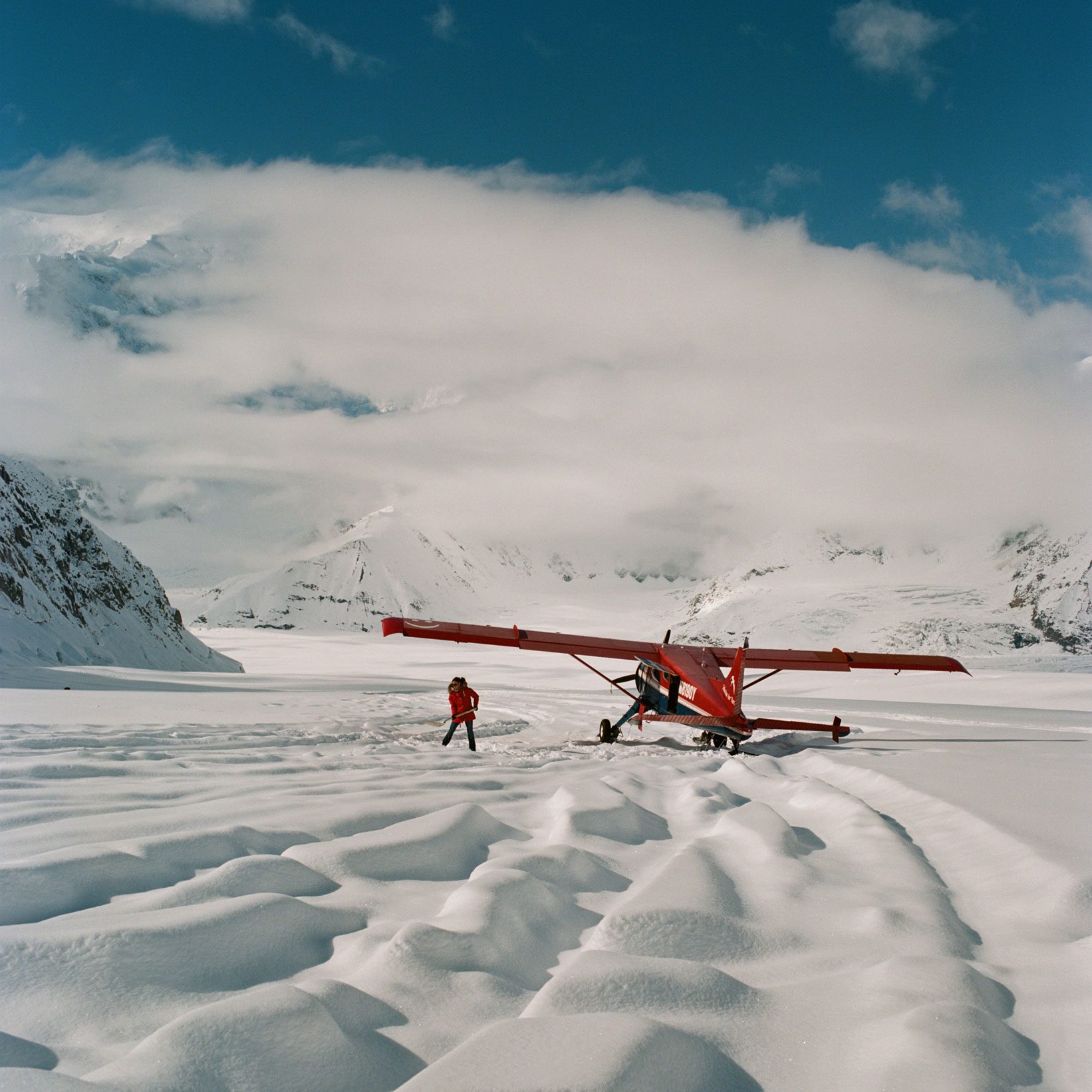
Waterproof paper
This might seem like a bit of a luxury, but in an emergency you need to be able to communicate with those who might be looking for you. So, you might leave a message behind, starting with the date and time and where you are heading – for instance, ‘downriver, sticking to the right hand bank’. Equally, you can use waterproof paper strips to mark a trail. Or to write down medical notes – such as how often you are getting a fever. In the worst-case scenario you might even have to write a last message to loved ones.
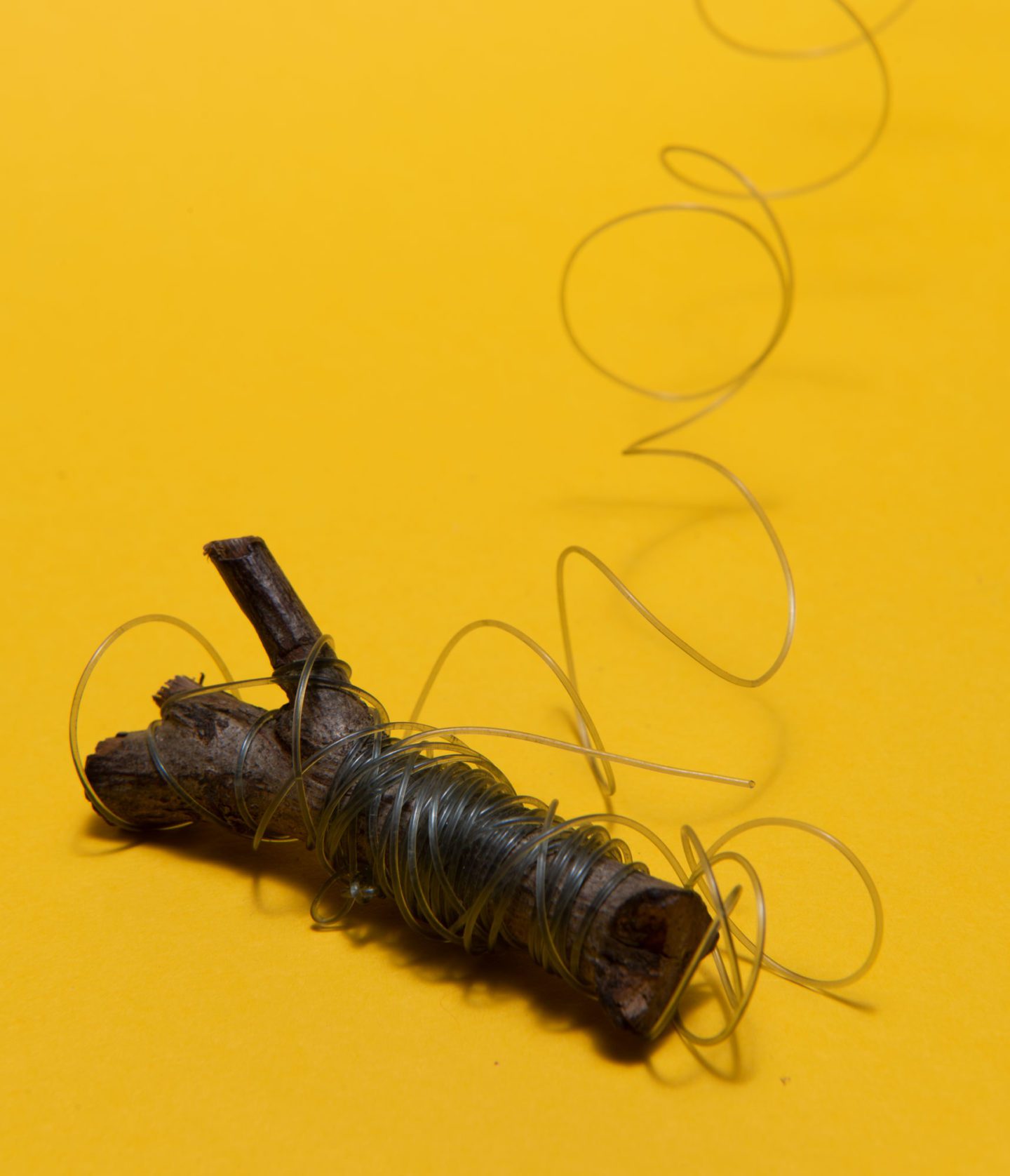
Fishing line
This is one I’ve used for years. It’s wrapped around an Amazon twig and I’m rather fond of it! But – and this is crucial – there is a snag. You also need a 10 cm length of wire – I usually keep it separately, because that little bit of wire can mean the difference between life and death. This is because the most readily available food in an emergency is the piranha. But without that wire, the piranha will simply bite through your line. And in fact, you might not be fishing for piranhas, but there’s still a danger you’ll catch one – and again, you’ll lose your hook. So, always keep that little bit of wire safe – without it, you’ll lose your fish hooks and line in moments – and then you might be done for.
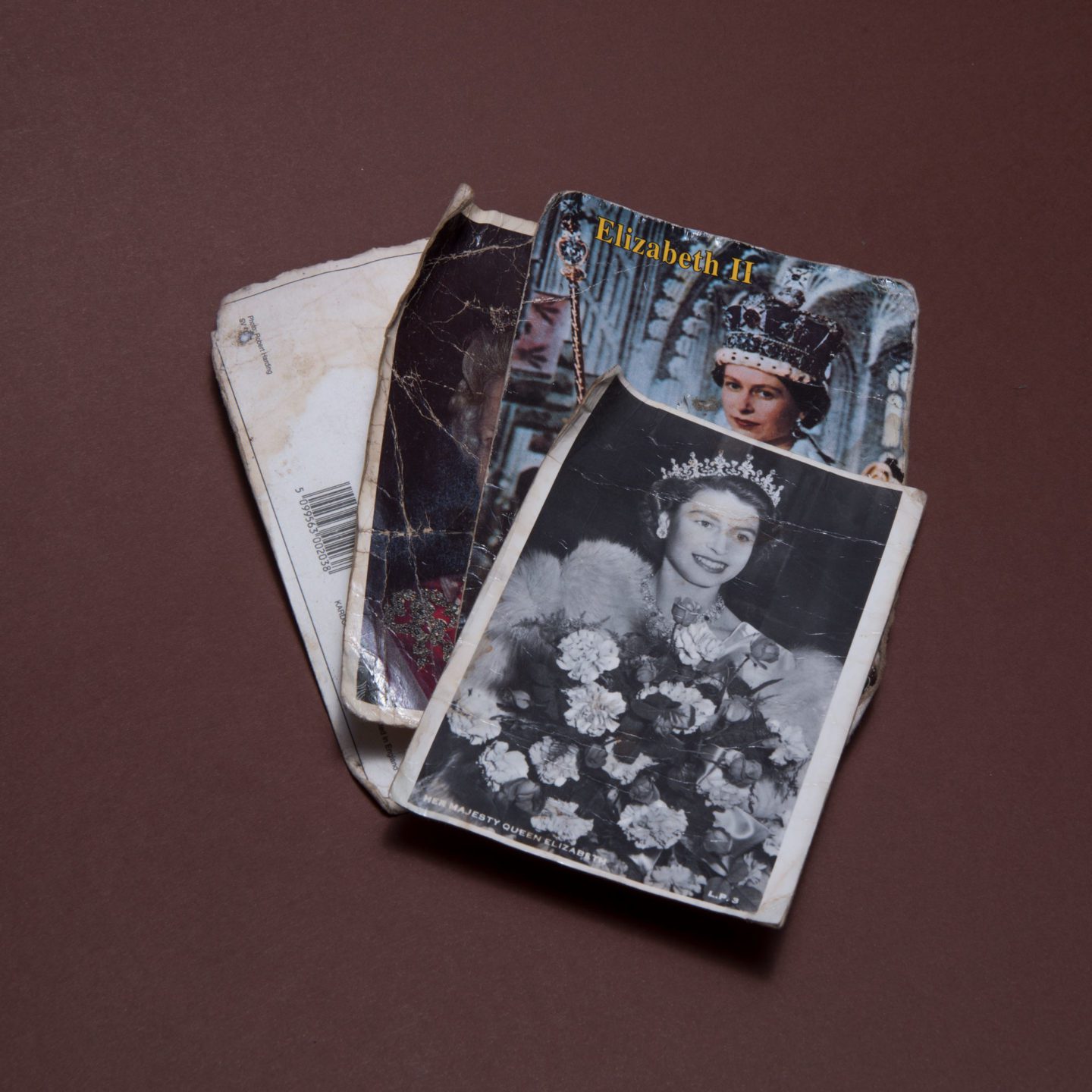
Postcards of the Queen
These go down really well with strangers of other cultures. I remember explaining that this was my headman in the Amazon. The indigenous people were thrilled. Especially the women. And of course, the crown is a universal symbol of power, like a feather headdress. Nowadays I also take pictures of my wife and children. These remind me what to fight for, if I am facing problems all alone. But they also help create a bond with strangers. You begin to seem more human, a person they might want to help.
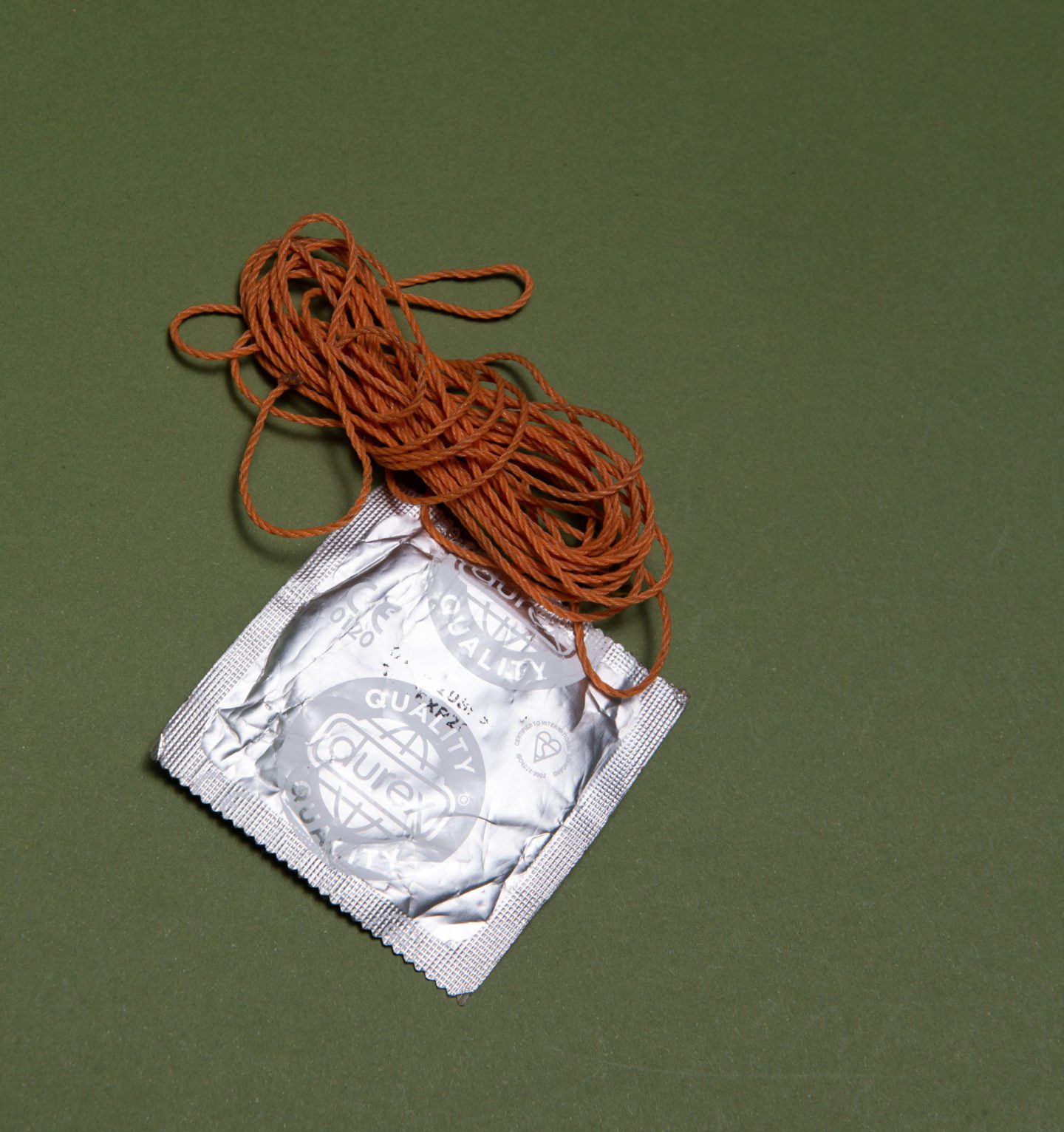
String and a condom
String is always useful – for example, I carry very sharp spear points in my survival kit, and string helps you attach them neatly to a pole. But the condom is more useful still. It is the simplest way I have yet found for carrying water up from a pool to your camp. You don’t want to camp right by a pool of water (snakes! crocs!) so you carry it a way off. Obviously, party balloons also suffice…
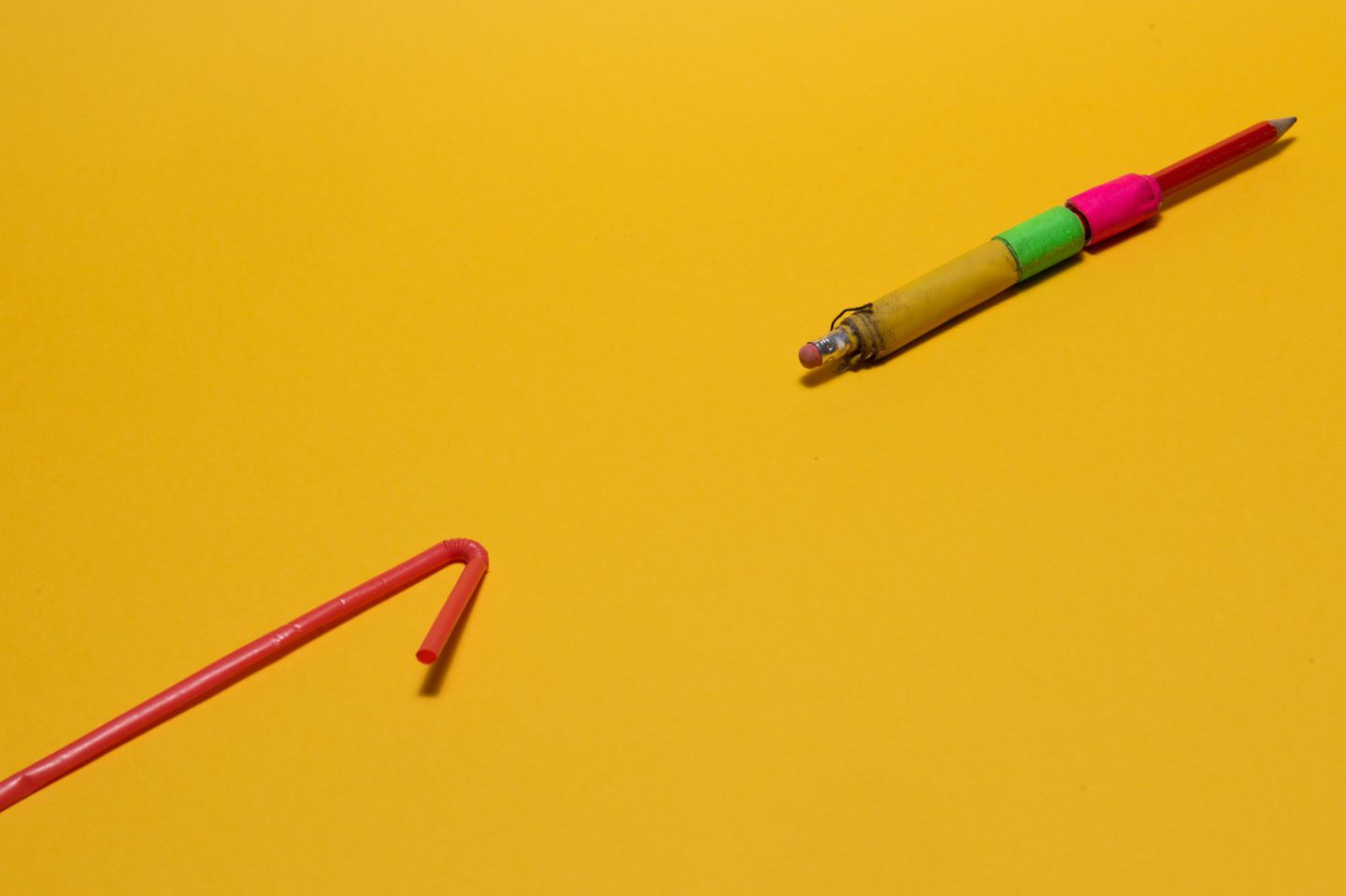
Straw and a Pencil wrapped with tape
The straw is my favourite item. Almost weightless, yet incredibly useful. Water is one of the three essentials of survival – the others are food and shelter. But how do you suck up water and not disturb the sediment in the bottom of a shallow puddle? Or drink the water that often collects on stones and on leaves? With a straw you can simply syphon it up.
You can fix almost anything with gaffer tape. But a full roll is too heavy – because the point of a survival kit is that it’s small and light, and doesn’t encumber you in your daily activities. Otherwise you are tempted to take it off. So, I keep strips of tape ready, wrapped around a pencil – in different colours, so I can mark items (e.g. where a tear in a survival blanket is) in a way that shows up at night too.
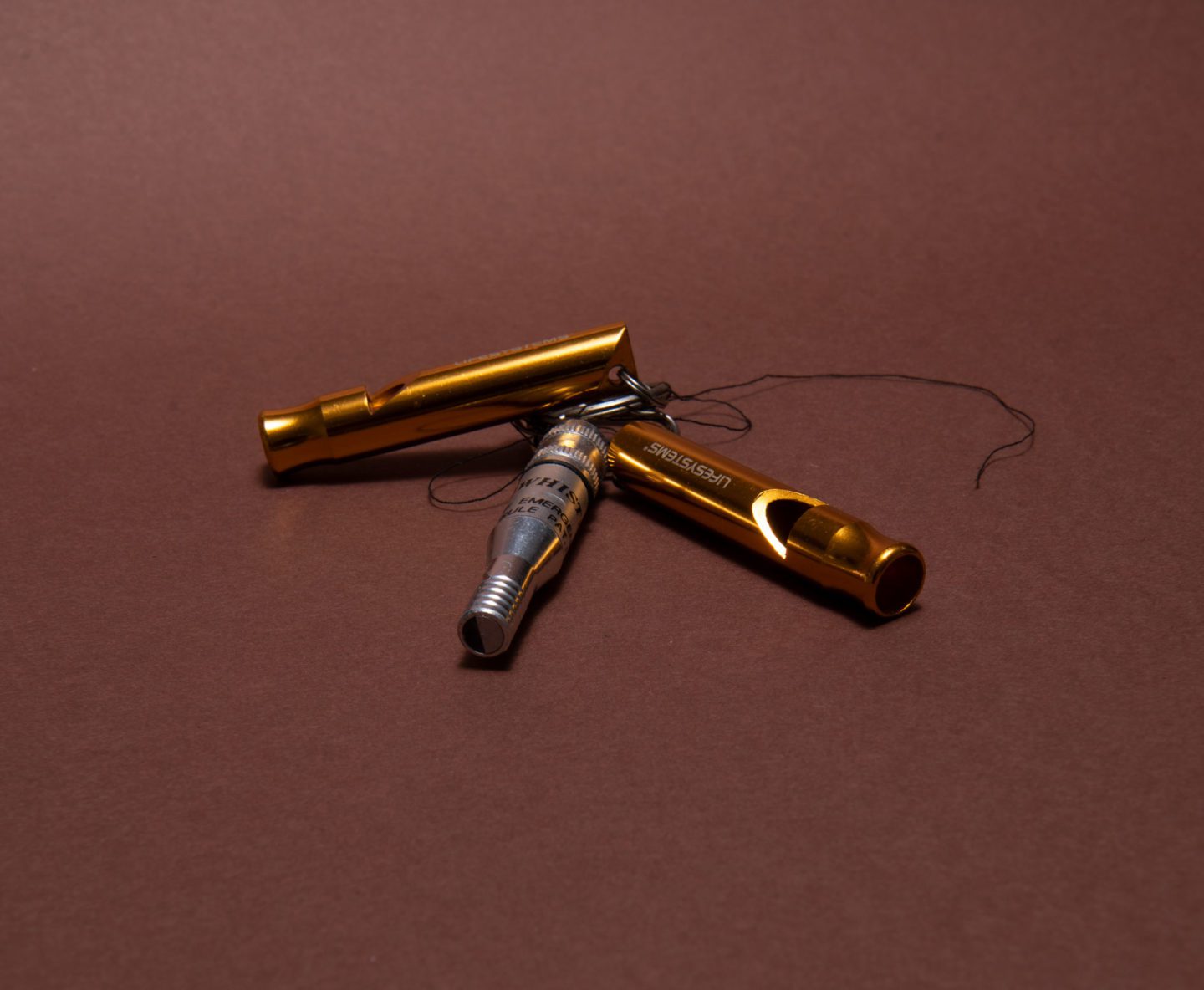
The three whistles
If someone gets lost, or you need your companions to spread out (when hunting or looking for a shelter), you quickly distribute whistles, one each. This immediately extends your range – you can each head out in a different direction and know that you’ll be heard. It helps if you have different call signs, so you know who’s who. Though it doesn’t always go according to plan – I remember doing this once, and the three blasts that signified my whistle sounded exactly like a bird call!
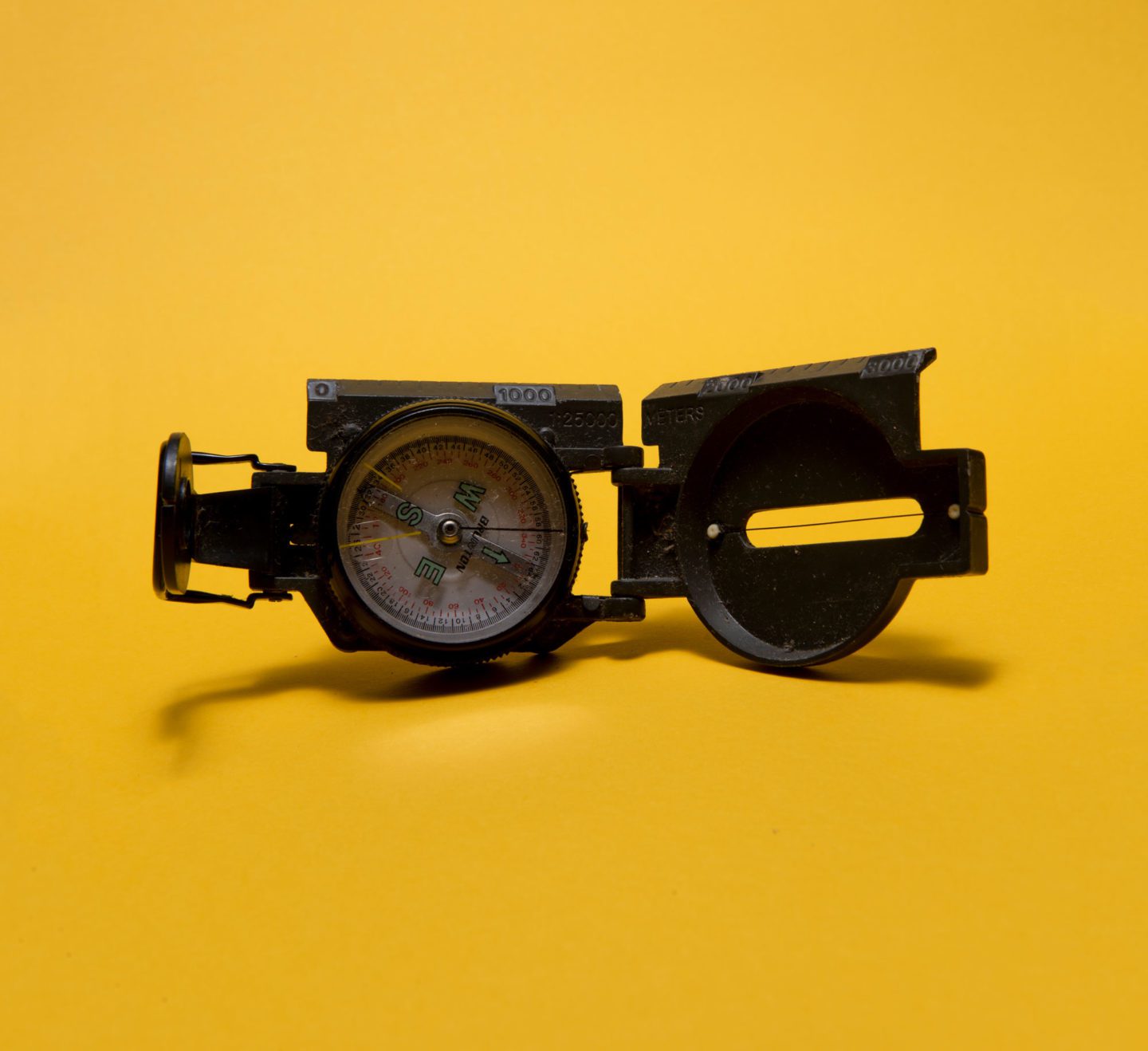
The compass
And finally, perhaps the most important item in any survival kit. Contents of kits vary, depending on whether you are in jungle or desert or icy wastes. For example, a mini stove (to melt snow) enables you to drink in the Arctic – and becomes paramount. Absolutely a basic need. Yet you wouldn’t ever want to be without a compass – and in some habitats, notably rainforest, they become more important than anything. Because you’ll always find water in the rainforest – but how do you know in which direction you are heading? There is no horizon, there isn’t anything from which you can take a bearing. Soon you get disorientated. Once I walked 100 miles through rainforest, and I did it by counting every step, but also by following a compass bearing south east. That’s how I found my way out, and that’s what saved me.
